Visiting a sento or an onsen is an experience that really immerses you in Japanese culture and hospitality.
It’s also a great way to relax and appreciate the natural beauty of Japan and is popular with tourists and locals who wish for a relaxing weekend getaway.
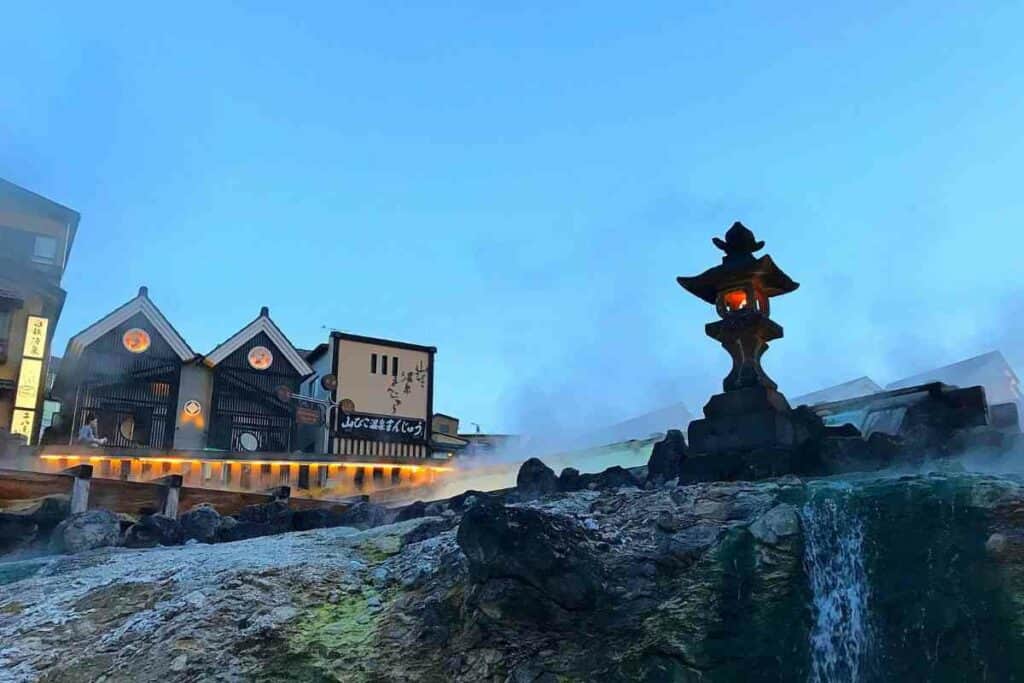
But what are the differences between the two bathing houses?
Let’s take a look at them both and see.
The Japanese Sento- A Place to Relax and Unwind
A sento is a traditional Japanese bathhouse or communal bath. Members of the public will head to their local sento to bathe, relax and catch up with friends.
They are typically found in more urban areas and are regarded as a popular gathering place for the community. They have been a part of Japanese culture for many centuries.
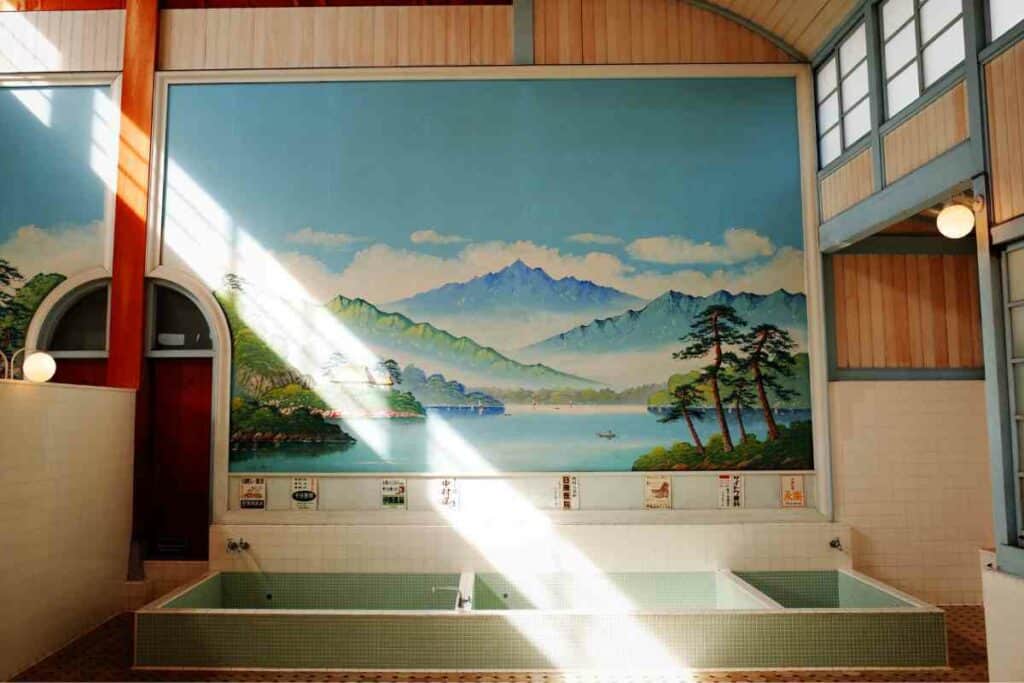
Sento bathhouses are typically filled with tap water and are usually more affordable than an onsen.
Sentos will usually have some or all of the following features:
- Bathing areas: The bathing areas in a seen to are usually separate for men and women.
- A variety of hot tubs: These may include larger baths, and single baths as well as cold tubs.
- Steam rooms and saunas: Not all sentos will have these but they are more common in larger towns.
- Jet baths: Some sentos have jet baths with water jets or bubbles that help to relax the body.
- Open-air baths: Some sentos have outdoor baths which allow the bather to view the scenery, or garden area. These are known as rotenburo.
The bath water is maintained at a comfortable temperature and bathers are expected to thoroughly wash themselves before entering the communal bathing area. Cleanliness is incredibly important.
Other amenities may be provided, depending on the size of the sento, including showers, massage services, and lockers to keep personal items in.
Although sentos have slightly declined in popularity over recent years, people still like to come together to cleanse, and relax, as they did centuries ago. Now, most people have private bathrooms in their homes and do not feel the need to visit a sento, they see this as a more social activity than to cleanse.
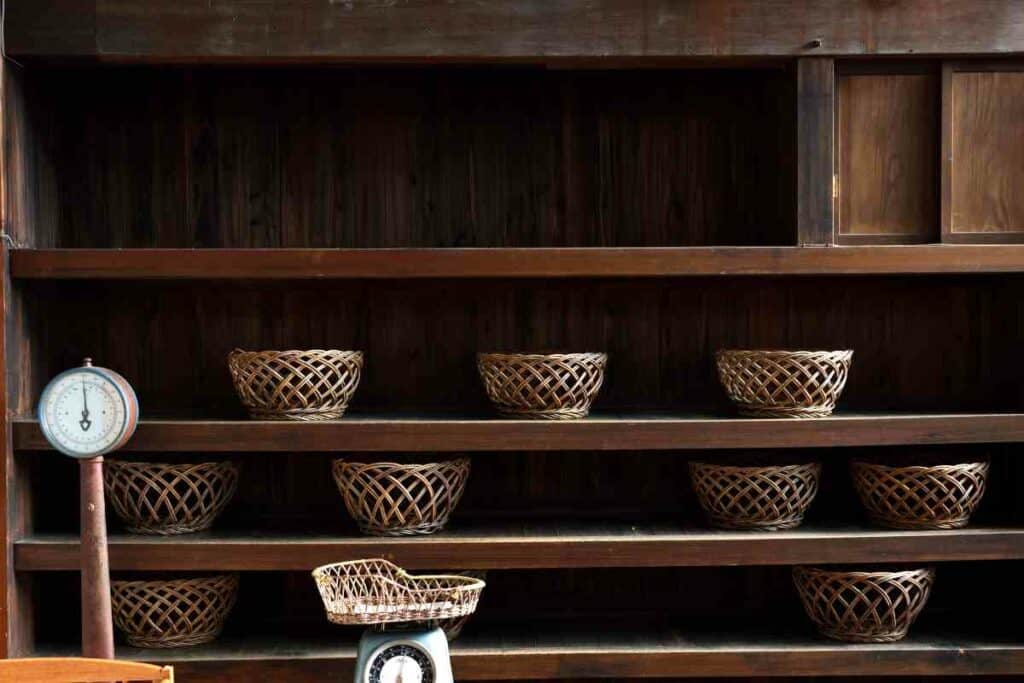
Highly valued for their traditional ambiance, sentos are found in cities and towns across Japan and are visited by locals and tourists alike.
The Japanese Onsen- A Place of Outdoor Serenity
The traditional Japanese Onsen is very similar to a sento but one of the main differences is that they get their water from a natural hot spring.
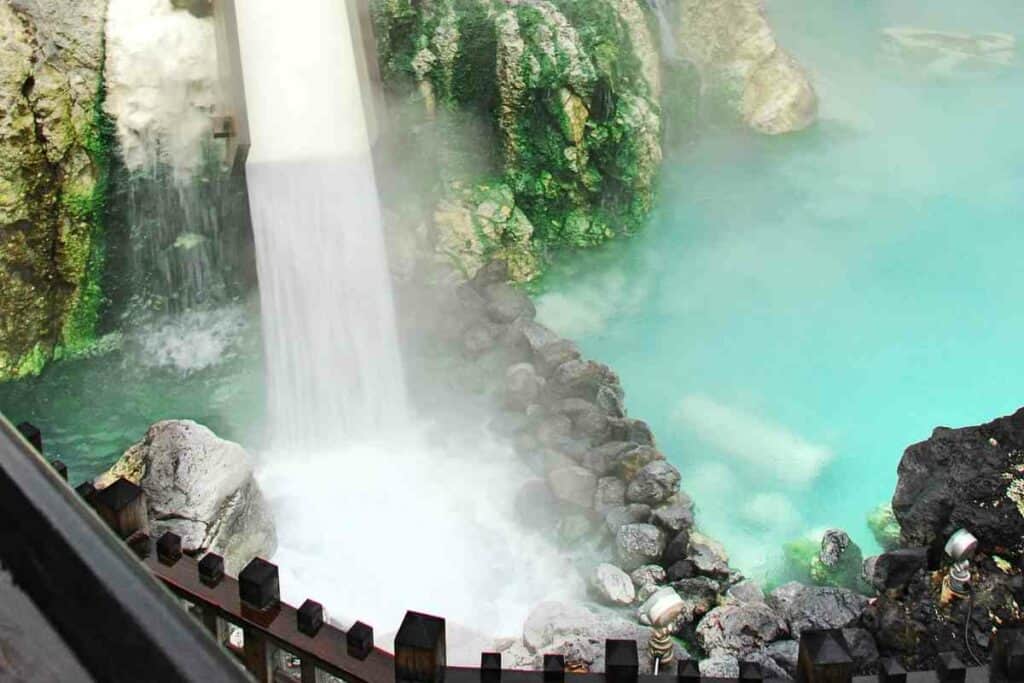
These springs are full of water rich in minerals, meaning bathers soak up all the goodness and enjoy some health benefits from this.
Onsens are usually found in more rural areas, surrounded by natural elements and scenery. They can also be found in mountainous areas, coastal regions, and rural settings. They are incredibly popular with tourists due to their relaxing surroundings and soothing, peaceful atmosphere.
Take a quick look – 10 Best Onsen Destinations In Japan
They are found all over Japan and are heated geothermally by volcanic activity under the earth’s surface. This heats the mineral water in the hot springs.
The benefits of bathing in an onsen are:
- Soothing effect: The warm water relaxes the muscles and brings the body into a state of deep relaxation.
- Skin Rejuvenation: The minerals in the water help to brighten skin and improve skin tone.
- Joint and muscle pain relief: The water contains sulfur, magnesium, and potassium which all have therapeutic properties.
- Detoxification: The heat of the onsen can induce sweating, which eliminates toxins. Many people report seeing clearer skin after bathing in an onsen.
- Improved sleep: A visit to an onsen can help you to achieve a more restful sleep, by promoting a calm state of mind and reducing tension.
The word “onsen” originates from the Japanese characters for “hot” (温) and “spring” (泉).
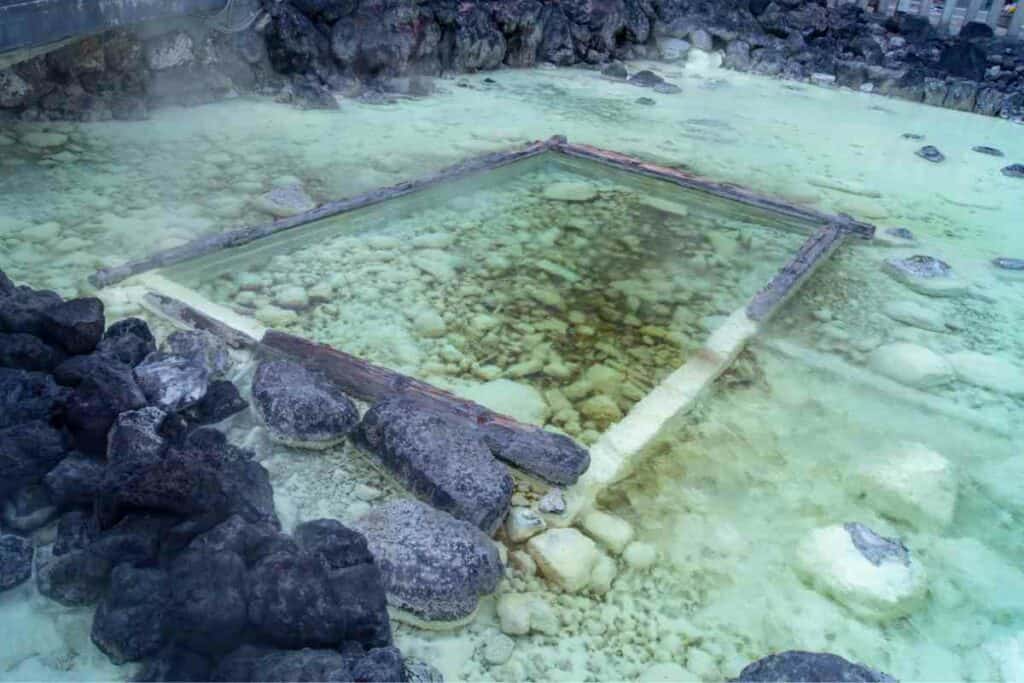
Visiting an onsen requires people to respect certain etiquette and customs. Usually, people will be expected to wash thoroughly before entering the hot spring, the same as in a sento.
It is also customary to be naked when bathing. Some onsens will have separate male and female bathing areas, or even, private bathing areas.
They are an important part of the culture of Japan and have been enjoyed for centuries by people who wish to experience their relaxing atmosphere.
Final Thoughts on The Differences Between a Sento and an Onsen
The main difference between the two bathing houses is the source of water. The sento is filled using regular tap water, whereas the onsen is filled from a natural spring.
Due to their differences in water source, sentos tend to be found in more urban areas, and onsens, in more rural parts of Japan.
- 12 Things Tourists Should NEVER Say in Japan
- Kissing Robot: Exploring the Popularity of the Chinese Kissing App
- Unlocking the Secret Dating Rituals Only Locals Know in Japan
- Samurai Armor: Ancient Protection for Japan’s Elite Warriors
- 10 Amazing Facts About Schools in Japan: Unique Traditions and Educational Practices
- Where can you see snow monkeys in Japan: Best locations and viewing tips









